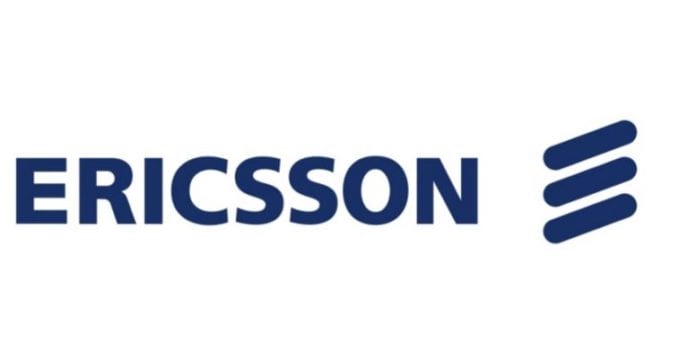Zain Bahrain exec: ‘Carrier Aggregation is the foundation for deploying high-performing 4G and 5G networks’
As part of its ongoing 4G/5G partnership with Ericsson, Zain Bahrain has implemented the vendor’s 5G Time Division Duplex (TDD/TDD) Carrier Aggregation (CA) on a commercial device to use on mid-band frequency, which the pair said will improve user experience and enable high data rates.
Carrier aggregation makes it possible for operators to use multiple sub-6 GHz spectrum channels simultaneously to increase the bandwidth and speeds of their 5G networks.
“Working alongside Ericsson on their 5G Carrier Aggregation solutions will allow us to maximize the full potential of our mid-band spectrum and deploy a better 5G network with greater coverage, increased capacity, and higher data speeds,” commented Ali Isa Alyaham, director of Technology at Zain Bahrain. “With Carrier Aggregation being powered by Advanced RAN Coordination it will also help us achieve full deployment flexibility and uncompromised user throughput while building our 5G network in Bahrain.”
Of the partnership, Wojciech Bajda, vice president and head of Gulf Council Countries at Ericsson Middle East and Africa said: “Since the introduction of LTE, we have been leading the way when it comes to mid-band peak rates with Carrier Aggregation, and we are certain our collaboration with Zain Bahrain will help them meet the ever-growing demand for wireless data and applications while using their existing spectrum efficiently.”
While this particular announcement highlights TDD/TDD CA as it focuses on midband spectrum, Ericsson is also working with Zain to introduce 5G low-band (sub-6GHz FDD) and mid-band (sub-6GHz TDD) CA, according to the operator. TDD/FDD CA enhances the performance of 5G networks even further.
FDD, or Frequency Division Duplex, and TDD, or Time Division Duplex, are two different spectrum usage techniques employed by mobile operators. While FDD uses separate frequencies for the uplink and the downlink, TDD uses a single frequency for both uplink and downlink, and therefore, they transmit at different times, making it more suitable when paired spectrum is not available. In general, FDD is considered better for coverage, while TDD is better for capacity.
Ericsson has argued that FDD/TDD carrier aggregation for 5G can create a sort of goldilocks situation, in which the high-band TDD coverage area can be improved by combining TDD with low-band FDD spectrum, and the TDD spectrum can significantly improve the overall downlink throughput.
Zain commented that the deployment of carrier aggression is “in line with [its] strategy to develop and enhance its 5G network across Bahrain.”

